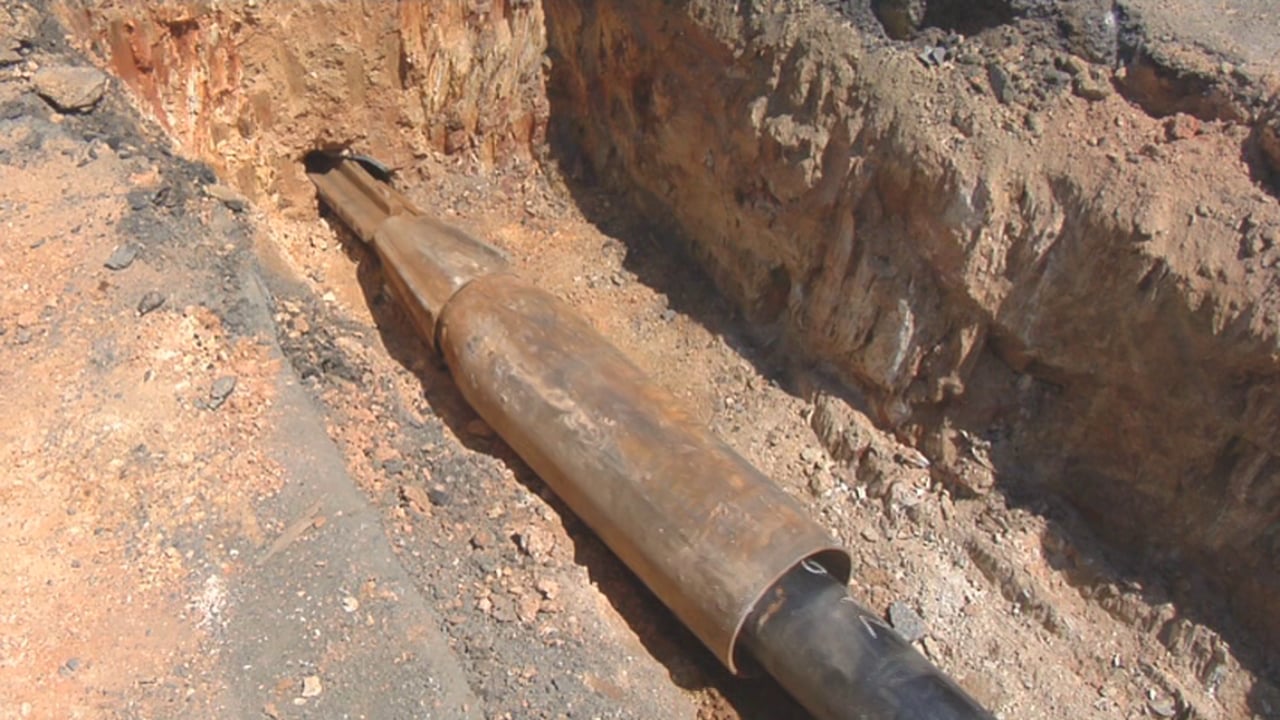When is Pipe Bursting Necessary

Imagine getting rid of pipe trenches forever. Trenchless technology has made the process of replacing and upgrading many kinds of pipes much easier. Among these technologies, minimally invasive practices like CIPP are the most desired, but sometimes processes like pipe bursting are necessary.
Pipe bursting essentially uses the old pipe as the trench. It simultaneously gets rid of the old pipe and installs a new, wider pipe in the same place. This dual advantage makes the process well suited to a number of tricky pipe issues. Still, pipe bursting remains a more involved process than other trenchless technologies. Even with the different options for pipe repair or replacement, certain conditions make pipe bursting the best choice. This article addresses those conditions.
Dealing with Old or Narrow Pipes
Lots of homes and businesses still have iron pipes. Not only do these deteriorate at a much faster rate than modern materials, but they are usually narrower than recommended sizes. This is a particular struggle for businesses in historic districts. While the setting may increase foot traffic and draw tourists, old plumbing may not be able to meet the demands of the business. These pipes are sure to eventually rust, crack, and fail, even if they do allow for reasonable flow. Digging up and replacing these pipes in historic districts often presents a problem, however. The pipes may go under other historic landmarks, and digging a trench would detract from the business’s appeal. It could even damage the property’s aesthetic value.
Pipe bursting only creates two small pits, and the process gets rid of old pipes while simultaneously widening them. The old pipe is removed, and a wider replacement improves plumbing conditions. Pipe bursting handles many problems at once, which makes it an ideal process for such delicate work environments.
Dealing with Tree Roots and Deterioration
Old pipes can be hard to remove thanks to extensive deterioration. Brittle pipes can be tricky to remove. If they fall apart, it takes more time to collect the various sections and fragments. The entire process slows down, and costs rise. Unfortunately, deterioration makes most pipes unsuitable for other trenchless techniques, such as CIPP, which needs relatively sound pipes for the process to perform well.
Tree roots also block other trenchless technologies. They make traditional trench pipe replacement a nightmare, too. Digging a trench through tree roots can kill the tree, too, which will result in additional costs and safety risks. However, because pipe bursting literally breaks apart and compacts obstructions, it allows plumbers to only damage the roots causing problems for your pipes. The tree can continue to grow in peace, and you’ll have better pipes.
Pipe bursting has some unique qualifications, such as depth and soil type, but is also has a range of unique benefits. These help it stand out among other trenchless techniques. It combines tasks and allows plumbers to replace and expand even the most fragile pipes without compromising appearances. While plumbing may not be a pretty subject, pipe bursting is sometimes necessary. Fortunately, it helps to make the mess much more bearable.